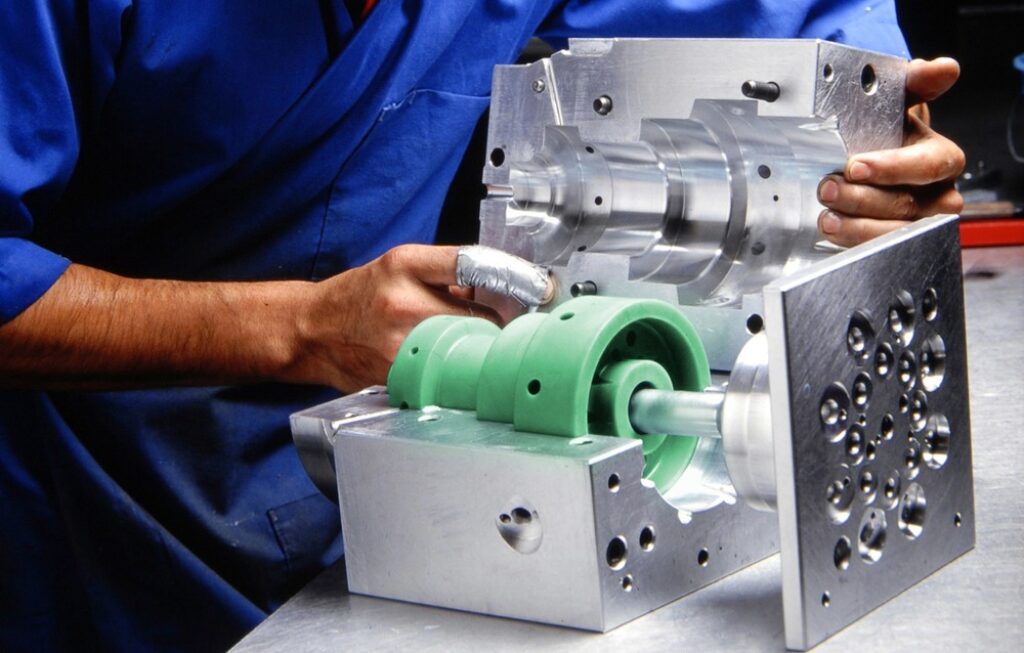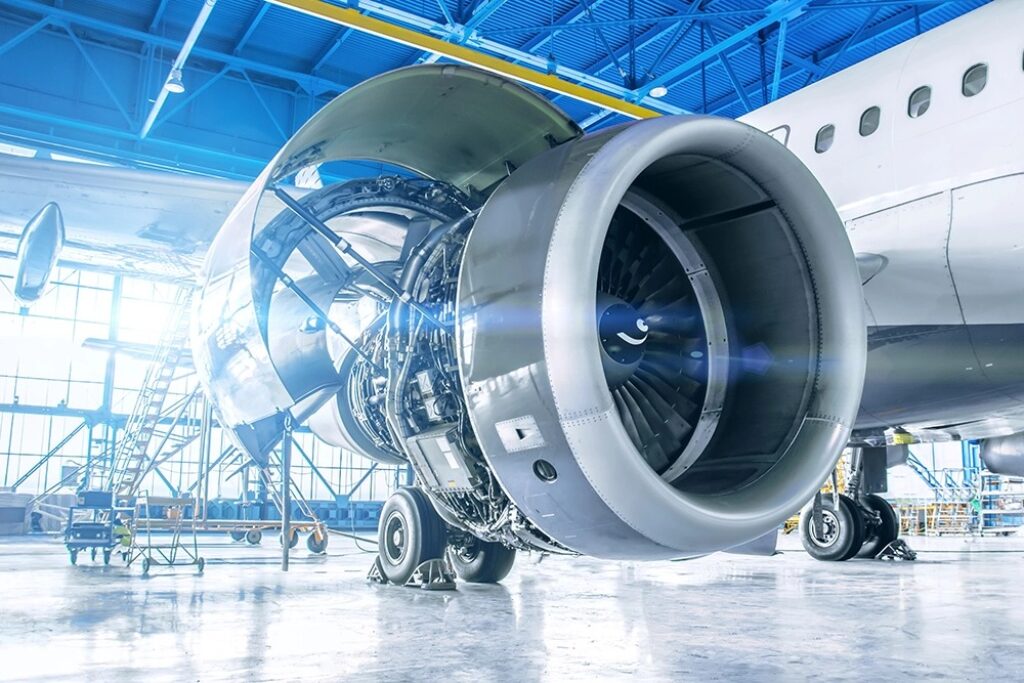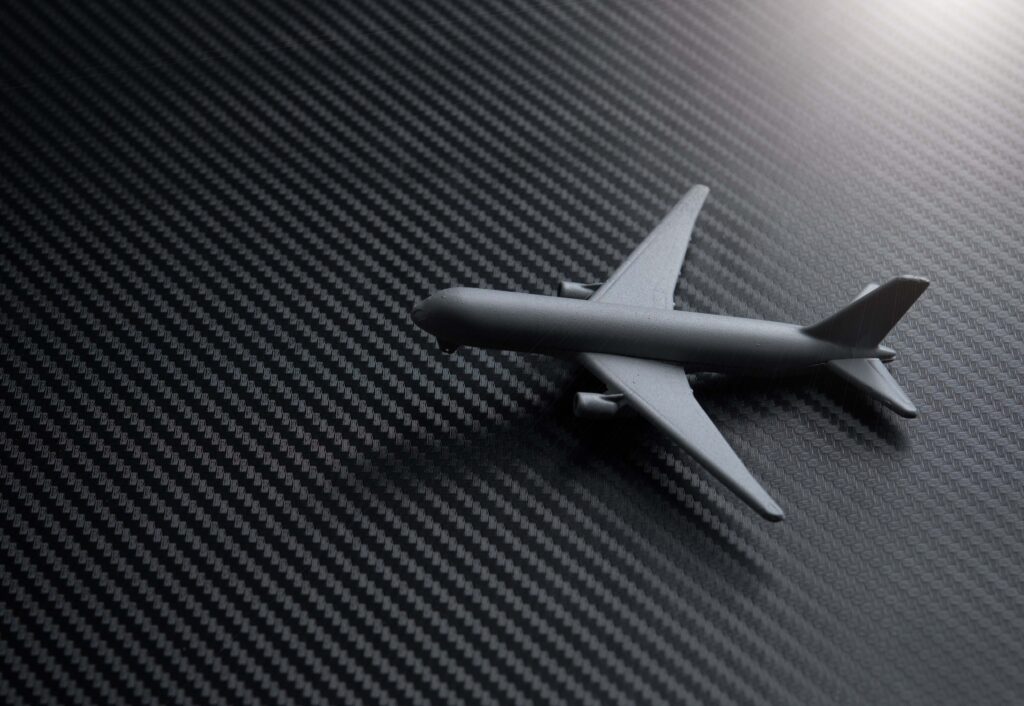
Modern aerospace advancements rely heavily on strong, lightweight, and reliable materials that can withstand extreme conditions. Choosing the right resources can make or break a project in this field. Whether you’re interested in faster planes, safer spacecraft, or more efficient engines, everything comes back to innovative engineering solutions.
Table of Contents
Key Points:
- Aerospace relies on strong and lightweight materials for better performance.
- Engineers use advanced alloys for durability and strength in extreme conditions.
- Composite materials reduce weight without compromising functionality.
- Innovations in materials science revolutionize aircraft and spacecraft designs.
- Engineers prioritize cost-efficiency without sacrificing quality.
Stronger than Steel: Alloy Steel Castings in Aerospace

Source: intercast.com
When designing components for jets or spacecraft, alloy steel castings often steal the spotlight. These castings offer incredible durability while staying surprisingly light. Manufacturers can fine-tune them to meet the most demanding specifications. These are called custom alloy steel castings which ensure reliability in environments where failure isn’t an option.
Alloy steel blends toughness with corrosion resistance, which explains its popularity in jet engine turbines and structural parts. When temperatures rise or pressure hits new peaks, these components hold firm. Think of them as the blue-chip stocks in the aerospace materials market — dependable, strong, and built for the long haul.
Lightweight Champions: Composites in Aircraft Design
Aircraft designers often fight a constant battle against weight. The lighter a plane, the better its fuel efficiency. That’s where composites come into play. Think carbon fiber reinforced polymers, which pack the punch of steel without the added weight. They’re often used in aircraft wings and fuselages, ensuring maximum strength with minimal heft.
Imagine an ultralight material acting like the MVP in a trading portfolio. You invest in its durability upfront, and the returns come as reduced fuel costs and increased payload capacity over time.
How Extreme Temperatures Challenge Engineers
Outer space or high-altitude flight introduces extreme temperatures that traditional materials cannot handle. Engineers turn to superalloys, such as nickel-based or titanium varieties, to ensure performance under stress. These superalloys resist heat and maintain structural integrity, making them indispensable in jet engines and spacecraft reentry shields.
It’s like choosing the safest option on a stock exchange during a market crash — dependable, resilient, and worth every penny spent on research.
5 Crucial Factors Driving Material Innovation in Aerospace

Source: aipprecision.com
- Strength-to-Weight Ratio
Aerospace applications demand materials that are light but robust, ensuring safety without increasing fuel consumption. - Thermal Resistance
Materials need to endure extreme heat during high-speed flights or atmospheric reentry. - Corrosion Resistance
Aircraft encounter harsh environmental factors, requiring materials that resist rust and degradation. - Customizability
Engineers rely on adaptable solutions like alloy steel or composite materials to create precise designs. - Cost-Effectiveness
Aerospace engineering walks a fine line between innovation and affordability.
Fuel Efficiency and Environmental Impact
Lighter planes consume less fuel, directly impacting operational costs and emissions. By incorporating advanced materials like composites and alloys, manufacturers can reduce greenhouse gases while maintaining performance.
In an industry often scrutinized for its carbon footprint, better resource choices represent a game-changer. Imagine swapping out your outdated stock portfolio for sustainable investments — you save money and help the planet simultaneously.
Innovations Shaping Tomorrow’s Aircraft
Innovation doesn’t stop at planes and rockets. New developments include ceramic matrix composites, which can withstand temperatures exceeding 2,000°F. These cutting-edge options open new possibilities for hypersonic travel.
Even 3D printing, or additive manufacturing, plays a growing role in creating aerospace components. Engineers can now produce intricate shapes with less waste, reducing costs and improving sustainability. It’s like trading smarter, not harder, with better returns on every project.
Challenges Facing the Industry

Source: ny-engineers.com
While the benefits are clear, there are hurdles. Advanced materials often come with higher costs and longer development times. Manufacturers must balance innovation with practicality.
Another challenge lies in sourcing raw materials. Strategic resources like titanium and carbon fiber remain in high demand, forcing engineers to innovate around potential shortages.
Closing Thoughts
Materials science drives progress in aerospace technology. From stronger alloys to futuristic composites, innovations continue to push boundaries. The industry constantly evolves, tackling new challenges with creativity and precision.
Choosing the right tools for the job — much like selecting high-performing stocks — determines the success of every project. By prioritizing strength, durability, and sustainability, aerospace engineering promises a future filled with safer, faster, and more efficient aircraft.







